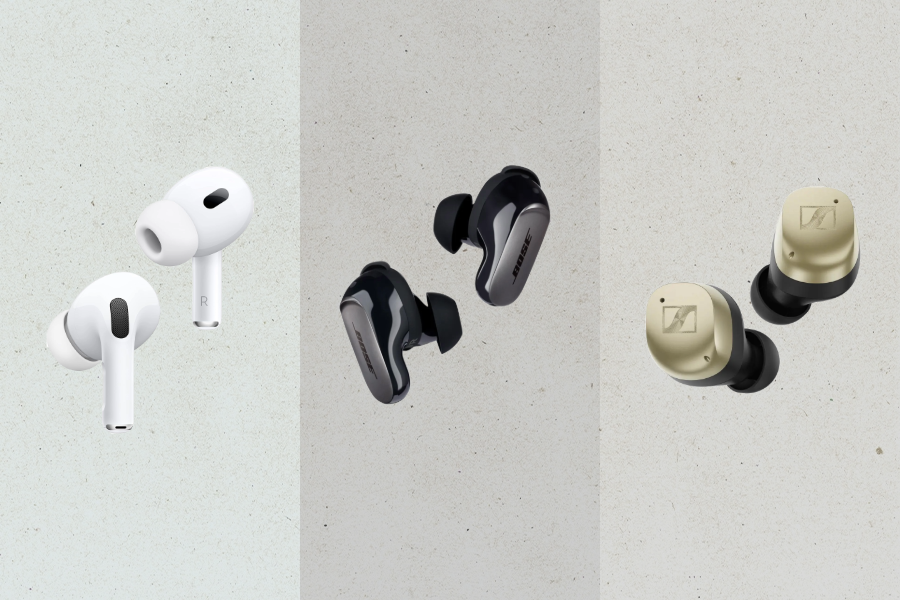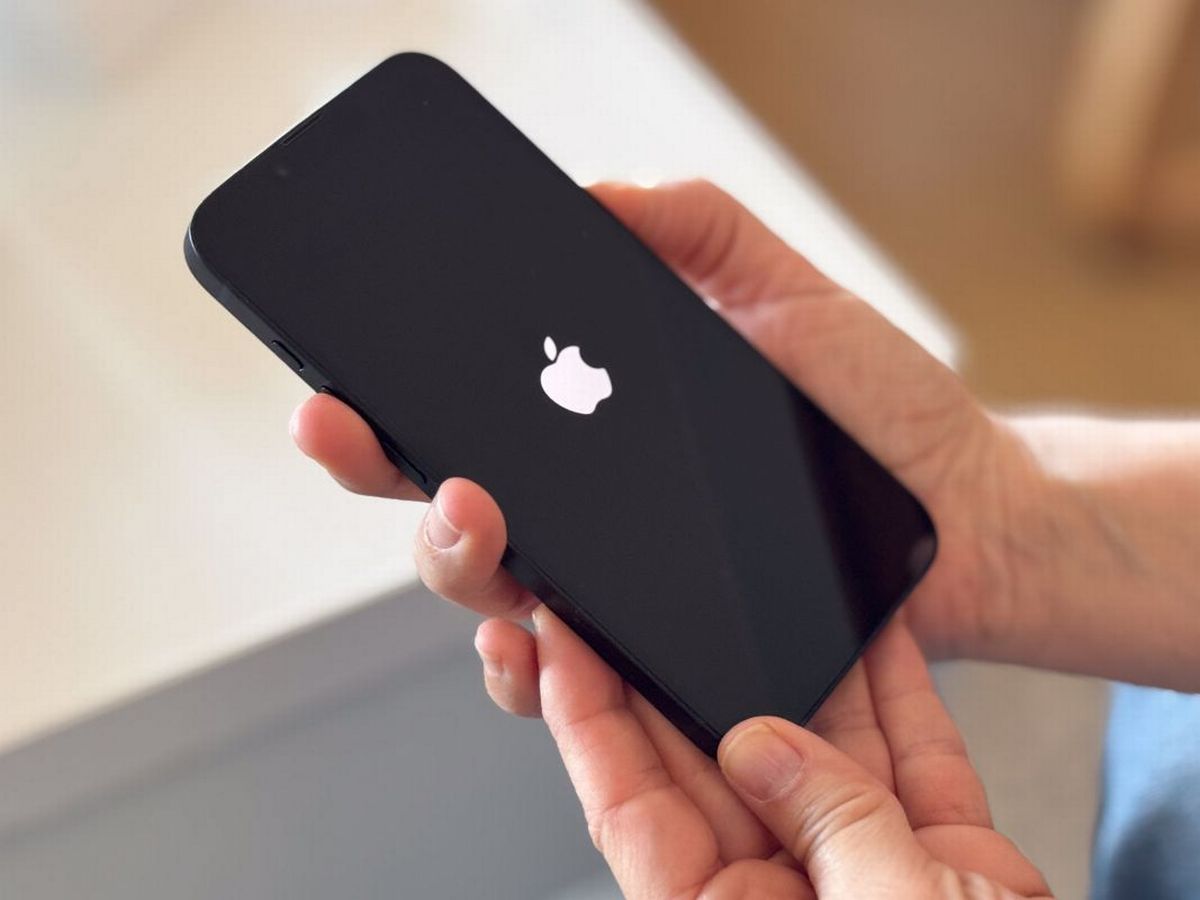By Alexis Mikulski Ruiz,Jonathan Zavaleta
Copyright rollingstone

We tested all of the options below in a variety of environments, seeing how they handled everything from noisy jet engines to the hum of the office HVAC to the bustle of city streets.
Of course, the ability to silence the outside world isn’t the only criterion for being the best noise-canceling earbuds (for that, you can simply pick up a pair of earplugs). Instead, we also evaluated factors like audio performance, call quality, comfort, and battery life to find the best noise-canceling earbuds. Read on for our picks.
Bose’s latest QuietComfort Ultra earbuds may not have been a radical revamp of the first generation, but they’re just enough of an improvement for Bose to retain its title as the king of noise-canceling. The earbuds have the same excellent performance found on the first generation, but add features like wireless charging to the case and the ability to turn off touch controls in the app.
As for noise canceling, these are simply the most powerful ANC earbuds currently on the market. “Quiet” mode dims outside distractions across a range of frequencies, from low electrical humming to coffee shop chatter, but the best feature of these earbuds is how widely customizable they are. You can set multiple ANC modes across 10 levels of noise-canceling, and there are bonus features like immersive audio and a new cinema mode.
While they hold up the “quiet” end of QuietComfort, they also stack up when it comes to comfort. The stabilizer band makes these some of the most secure in-ear earbuds I’ve tested, besides earbuds with ear hooks, and I’m able to wear them for extended periods without my ears tiring. That said, they run on the big side, so they may not be the ideal earbuds for small ears.
Full Review: Bose’s Second-Generation QuietComfort Ultra Earbuds Are an If-It-Ain’t-Broke Upgrade
There’s little reason to buy the AirPods Pro 2 if you don’t have an iPhone; without a companion app, the functionality will be severely limited for Android users. However, if you do have an iPhone, the AirPods Pro 2 remain a no-brainer, even two and a half years after their release.
The ANC performance is impressive, as is the audio quality. I found the AirPods Pro 2 cut down a variety of noises, from loud traffic to ambient electrical humming. The AirPods feature transparency, adaptive, and noise-canceling modes to suit different environments, and their controls are intuitive, with a swipe sensor located behind the stem and pinch controls for playback and phone calls.
Apple has also rolled out new features for the AirPods Pro 2, including the ability to use them as hearing aids or hearing protection. Additionally, you get features like head-tracking and immersive audio for an enhanced listening experience.
There are a few drawbacks, including the lack of customizable EQ and so-so battery life. But overall, the AirPods Pro 2 remain one of the best options for iPhone and iOS users.
Full Review: AirPods 4 vs. AirPods Pro 2: Which Apple Earbuds Are the Best?
If you don’t want to shell out $300 for Bose’s flagship QC Ultra earbuds, the brand rolled out an affordable alternative last year. The QuietComfort earbuds have a pod-shaped design and a larger, clamshell case reminiscent of the discontinued earbuds of the same name that Bose released in 2020.
At $179, they’re competitively priced, and while the ANC isn’t as robust as the QC Ultra Earbuds, it’s far from underwhelming. I found that it effectively reduced the noise of a busy street, allowing me to enjoy music without having to crank up the volume. There are fewer ANC modes than with the QC Ultras, with just Quiet, Aware, and Off.
Surprisingly, the QuietComfort earbuds have some features the more expensive Ultras don’t, including wireless charging in the case. There are some quirky features, too, like the ability to remotely take a photo on your phone using the earbuds as a shutter button.
The case is bulky, and it’s slightly annoying to have to download a separate app for these earbuds, as they don’t work with Bose’s main app. However, they deliver solid audio performance and the industry-leading ANC Bose is known for, all in a more affordable package.
Full Review: Bose QuietComfort Earbuds Review: Premium Performance at a Not-So-Premium Price
Nothing’s Ear (a) earbuds are among my favorite earbuds for everyday use. The compact design is pocket-friendly, and the stylish transparent design is eye-catching, making these earbuds a joy to use. In terms of shape, the earbuds draw clear inspiration from AirPods, featuring a thin stem and pinch controls.
They’re lightweight and comfortable in the ear, and the feature-rich app includes customizable EQ and controls. There are four ANC levels: low, mid, high, and adaptive, as well as three modes: ANC on, transparency mode, and off. By default, pinching and holding switches between ANC on and transparency mode, with a quirky exhale sound indicating transparency mode. Setting the ANC strength, however, requires going in the app.
At $99, they’re also an impressive value and one of the best earbuds under $100. The battery life is just average, particularly with ANC enabled, and the Nothing Ear (a) does not support wireless charging. Despite some minor drawbacks, the audio quality, rich features, and ANC of these earbuds make them tough to beat at this price point.
Sennheiser is known for stellar audio performance, and the Momentum 4 True Wireless earbuds deliver on that promise. They also have a luxe feel, with a stylish fabric-covered case and metal accents on the earbuds. The in-ear design is also very comfortable, with a natural and secure fit.
While audio-focused brands often excel in sound performance but fall short on software or technology, Sennheiser managed to cover all the bases. The sound quality is up to the standard you’d expect from such a storied brand, with impressive clarity and detail. But the ANC performance was a surprise, and while it doesn’t offer the monastic silence of Bose, the Momentum 4 True Wireless earbuds can capably handle a variety of distractions.
The earbuds also feature a transparency mode for situational awareness and adaptive ANC to adjust to your surroundings. As for audio quality, the earbuds boast lossless audio with codecs like aptX and aptX Adaptive.
The combination of audio performance, style, and comfort makes the Momentum 4 True Wireless one of my favorite noise-canceling earbuds, despite the bulky case and the availability of stronger ANC.
If you’re looking for a pair of workout earbuds with ANC, Anker’s Soundcore X20 earbuds are a great option thanks to features like adjustable noise-canceling and comfortable ear hooks for use at the gym. The earbuds have a physical button, rather than touch controls, which helps prevent accidental presses during workouts.
These have remained a top pick for the best earbuds with ear hooks because of the comfortable, flexible fit of the ear hooks. The IP68 rating also makes them durable enough to withstand the toughest workouts.
The straightforward Soundcore app allows you to adjust the ANC levels, and the earbuds also have a wind reduction feature for outdoor running or especially breezy days. The Soundcore app also features customizable EQ, and the earbuds deliver up to 7 hours of listening time on a single charge or and 28 in the case with ANC on, and more with ANC off.
If there’s room for improvement, it’s the audio quality. The X20 earbuds are solid, but they don’t have the same clarity as earbuds from brands like Apple and Sennheiser. That said, for just $80, you get feature-rich earbuds that are great for workouts and everyday use.
Sony’s flagship WF-1000XM5 earbuds have some quirks; the controls are somewhat complicated, as is the app. But these earbuds deliver top-tier audio quality and robust active noise-canceling.
While the ANC itself isn’t adjustable, you can change the strength of the transparency mode depending on your environment. The earbuds can also automatically adjust depending on what you’re doing, whether you’re sitting, commuting, or walking. The active noise canceling effectively handles a variety of frequencies, while the transparency mode capably balances awareness with immersion.
As for sound quality, the earbuds are among the best I’ve tried, with crisp detail and a pleasantly neutral but engaging sound profile. They feature Sony’s LDAC codec for high-resolution audio, as well as AAC for iOS devices, and LC3 for low-latency connections.
If there’s room for improvement, it’s the eartips, which have a stiff, dense texture that makes them hard to insert. But once they’re in, they fit securely and are reasonably comfortable to wear.
Earfun’s Air Pro 4 earbuds have an admittedly unremarkable look, borrowing from the stemmed design found on AirPods. But despite their affordable price, they don’t cut corners where it counts. The Air Pro 4 offers surprisingly impressive audio quality, with support for Qualcomm’s aptX Lossless, Snapdragon Sound, and LDAC codecs.
These earbuds feature dependable ANC to reduce background noise, which is customizable in EarFun’s straightforward app. There’s also a transparency mode, plus wind reduction and adaptive ANC to suit a range of different environments.
The earbuds have an impressive battery life as well, with a stated battery life of up to 11 hours with the earbuds, plus 41 Hours with the charging case. Additionally, they support wireless charging and fast charging, plus features like Google Fast Pair and in-ear detection to pause when you take an earbud out.
Ultimately, these are some of the best value earbuds on the market, with an impressive number of features for under $100.



